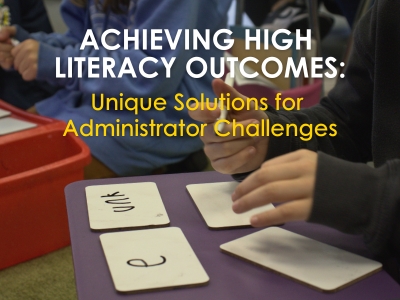Vocabulary Development vs. Oral Language Development
Though distinct, these two aspects of language development are deeply interconnected. A rich vocabulary can enhance oral language skills by providing the words needed for effective communication.
Conversely, strong oral language skills can facilitate vocabulary acquisition by enabling the child to engage in more complex conversations and understand contextual clues that explain new words.

This refers to the development of skills necessary for speaking and listening. It encompasses a range of abilities including:
- Phonology – being able to identify and manipulate the patterns of sounds within a word.
- Morphology – understanding how words are created from smaller units of meaning called morphemes.
- Semantics – Vocabulary! Knowledge of word meanings.
- Syntax - Mastery over sentence structure.
- Pragmatics - Understanding the social rules of language, such as turn-taking and staying on topic.

Check out the Unique Solutions for Administrator Challenges edLeader Panel!
Sign up for our Structured Literacy Community to watch our webinar on Administrator Pain Points!
This is a sub-component of oral language that specifically focuses on word learning. It includes:
- Word Recognition: The ability to identify words and their meanings. (not referring to the orthographic lexicon, but rather the phonological lexicon.
- Word Use: The ability to correctly use words in various contexts.
- Lexical Depth: Understanding the multiple meanings, synonyms, and antonyms of words.
Best Practice Suggestions for Vocabulary Instruction
- Simple, student-friendly language
- Multiple, different contexts to show nuanced meanings
- Provide several encounters with the word over time
- Ensure students are actively engaged in learning
- Provide as much visual support as possible through pictures and gestures
- Include a discussion of morphology by highlighting important affixes and teaching morphologically related words
- Include a discussion of semantically related words such as synonyms, antonyms, examples, descriptors, actions, etc...
Looking for research-based vocabulary instruction... we’ve got you covered!

